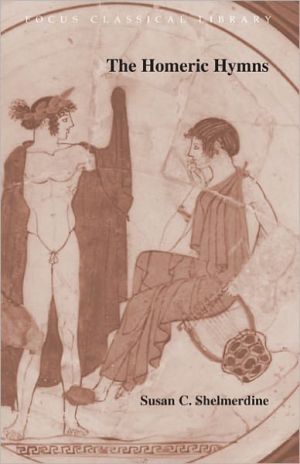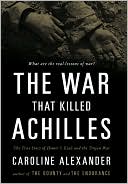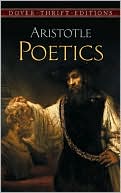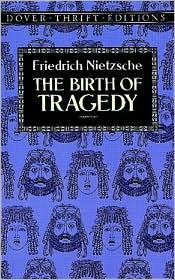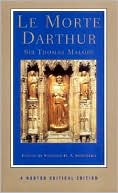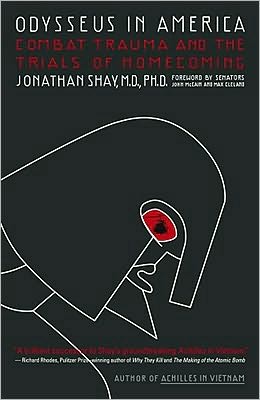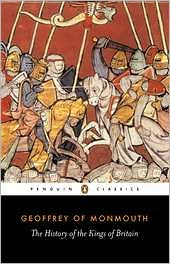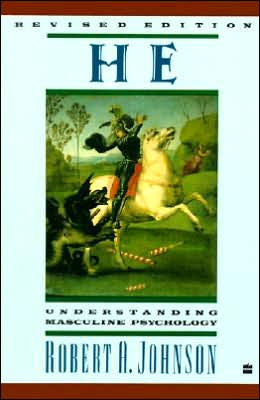Homeric Hymns
This is a collection of the standard texts of ancient Greek which are important components of what we know about Greek myth, religion, language and culture. All of the works collectively known as the Homeric Hymns are collected and translated here in their entirety, and the work includes ample notes and an introduction to provide information on the works' historic importance, a chronological table, genealogical chart, maps of Greece and the Aegean Islands, and illustrations of vase paintings...
Search in google:
GENERAL INTRODUCTION\ The Homeric Hymns are a collection of thirty-three poems written in dactylic hexameter, like the Iliad and Odyssey, but composed by different authors over a span of many centuries, from the 8th-century BC to as late as the Hellenistic period. The Hymns fall into two groups: four major poems (to Demeter, Apollo, Hermes and Aphrodite) ranging in length from 293 to 580 lines, and twenty-nine minor poems of 3 to 59 lines. Each of the longer poems tells a story about the god or goddess to whom it is addressed, while the shorter hymns are often only invocations.\ Collected in antiquity, the Hymns survive today in thirty-one different manuscripts: 29 late Byzantine manuscripts and 3 fragments of papyrus. How they came to be collected is uncertain, but some manuscripts preserved them along with the Homeric poems, while others grouped them with selections from such authors as Hesiod, Pindar, Orpheus, Proclus, and Callimachus. With the exception of one 15th-century manuscript (M), which preserves the opening of the first Hymn to Dionysos and the entire Hymn to Demeter, all others begin with the Hymn to Apollo.\ The Literary Tradition and Its Subject Matter. Although the Hymns were composed at very different times, they all belong to a tradition identified with Homer. A word about this tradition, therefore, and about the stages of Greek literature which immediately followed it may be in order. The earliest surviving works of Greek literature come from the body of hexameter poetry associated with Homer and Hesiod (see chronological table). The individual poems were developed over many generations, as different singers composed and retold favorite stories, and an oral tradition grew up. As a result, it is not possible to say for certain who composed, sang, or even dictated the poems which have survived. If a poet named Homer actually existed, it is not clear what role he played in the development of the poems attributed to him, so modern scholars often speak instead of the tradition in which he, and other poets, worked. The Homeric tradition, which may have originated in Ionia (Map 1), is characterized by the heroic poetry of the Iliad and Odyssey, poems which tell of Achilles’ anger in the war against Troy, and of the return to Greece of resourceful Odysseus after the same war. The Hesiodic tradition, which began on the mainland of Greece in Boiotia (Map 1), preserves didactic and catalogue poetry such as the Works and Days (a poem of advice on how mankind should live in an often harsh world), the Theogony (an account of how the Greek gods came into existence and consolidated their power in the universe), and the Catalogue of Women (a series of short biographies detailing the divine loves and famous offspring of women). Because the origins of this poetry lie in an oral tradition, it is impossible to say with certainty which poem came first, or even, very often, which tradition influenced the other. The Homeric and Hesiodic poems which survive were probably composed in the 8th-century BC. (see Table 1), but not preserved in a fixed, written text until as late as the 6th-century BC when contests involving recitations of heroic poetry became a part of certain festivals in the Greek world.\ Also connected with the body of early hexameter poetry are the poems of the so-called Epic Cycle which told a variety of heroic legends from the beginning of the world through the death of Odysseus.
Preface ix\ List of Illustrations xii\ General Introduction 1\ Chronological Table 11\ Genealogical Chart 12\ Map 1 Greece and the Aegean Islands 13\ Map 2 Mainland Greece 14\ Vase Paintings with Mythological Themes 15\ Hymns:\ 1. Hymn to Dionysos 27\ 2. Hymn to Demeter\ Introduction 29\ Hymn 33\ 3. Hymn to Apollo\ Introduction 59\ Hymn 62\ 4. Hymn to Hermes\ Introduction 91\ Hymn 94\ 5. Hymn to Aphrodite\ Introduction 123\ Hymn 126\ 6. Hymn to Aphrodite 140\ 7. Hymn to Dionysos 141\ 8. Hymn to Ares 144\ 9. Hymn to Artemis 146\ 10. Hymn to Aphrodite 147\ 11. Hymn to Athena 147\ 12. Hymn to Hera 148\ 13. Hymn to Demeter 148\ 14. Hymn to the Mother of the Gods 149\ 15. Hymn to Herakles the Lion-Hearted 150\ 16. Hymn to Asklepios 151\ 17. Hymn to the Dioskouroi 152\ 18. Hymn to Hermes 152\ 19. Hymn to Pan 153\ 20. Hymn to Hephaistos 155\ 21. Hymn to Apollo 156\ 22. Hymn to Poseidon 156\ 23. Hymn to Zeus 157\ 24. Hymn to Hestia 157\ 25. Hymn to the Muses and Apollo 158\ 26. Hymn to Dionysos 158\ 27. Hymn to Artemis 159\ 28. Hymn to Athena 160\ 29. Hymn to Hestia 161\ 30. Hymn to Earth, Mother of All 162\ 31. Hymn to Helios 163\ 32. Hymn to Selene 164\ 33. Hymn to the Dioskouroi 165\ 34. Hymn to Guest-Friends 167\ Pronunciation Guide 168\ Suggestions For Further Reading 171\ Index 173
\ From the Publisher“...an exemplary work: an admirable translation combined with up-to-date scholarship in full and lucid notes and introduction.”\ —Tom Clayton, University of Minnesota\ \ \
